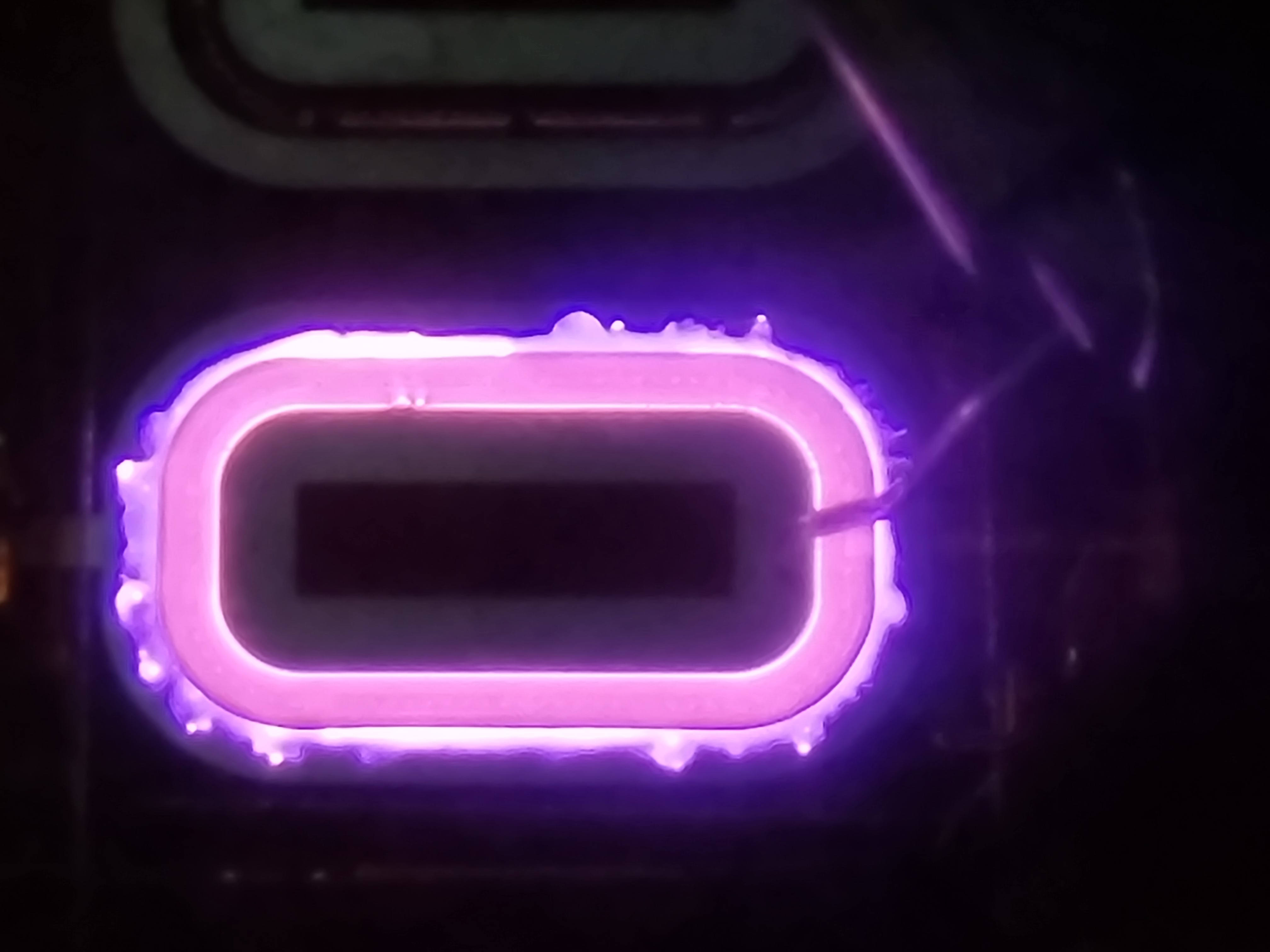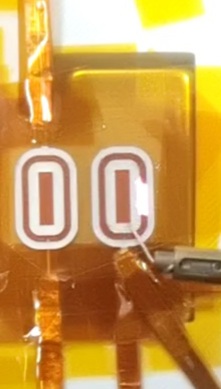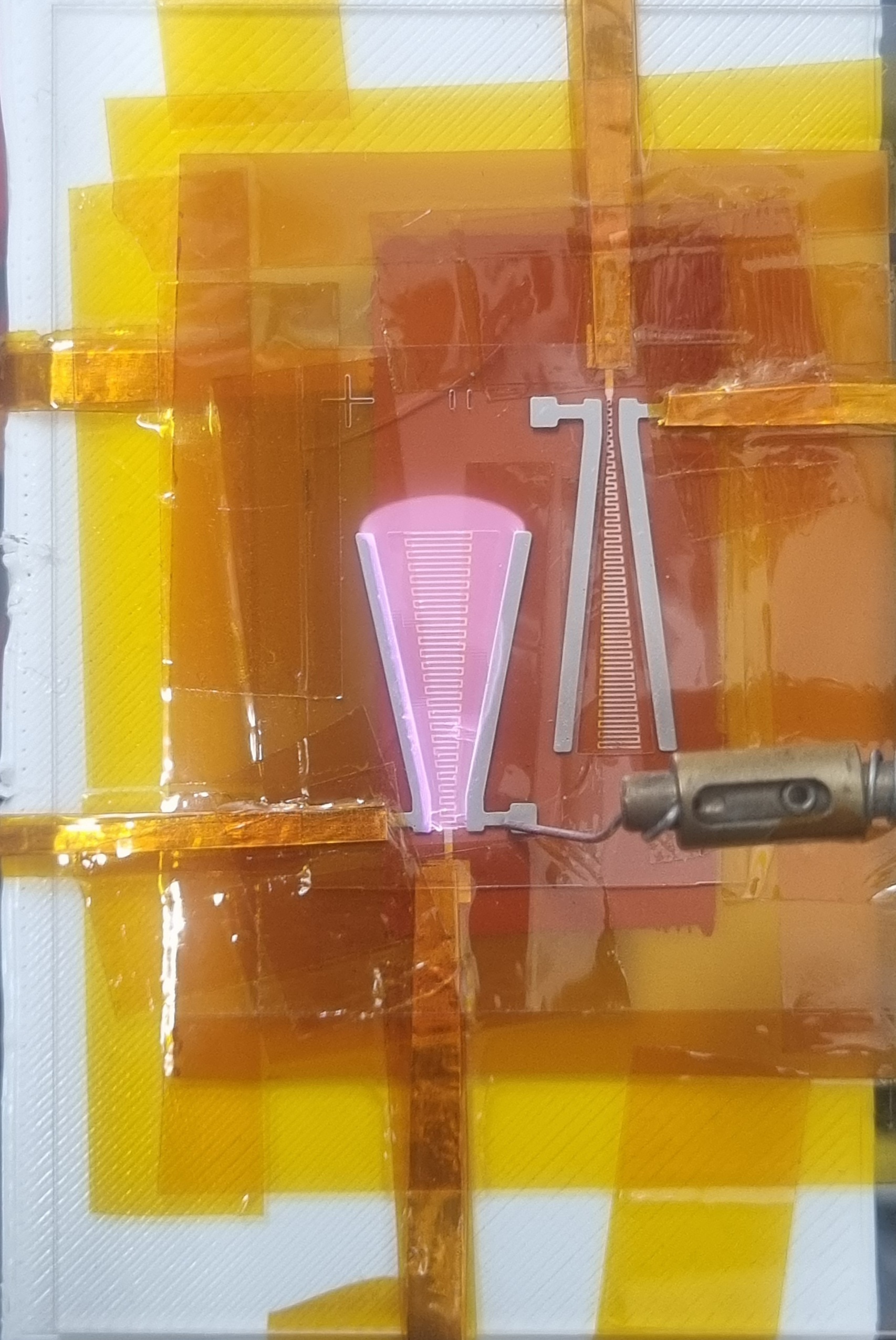| IoT Sensor | Micro Plasma | Ionic wind | Nano FET |
Professor | Student | Alumni |
Notice | Lecture | Journal | University | |||||||||||||||
|
||||||||||||||||||
Ionic Wind
Ionic wind generation has been a topic of much interest for emerging applications, such as microfluids, cooling devices and advanced aviation. Ionic winds are produced when ions in plasma collide with neutral air molecules under an electric field, transferring momentum from the ions to the molecules. The phenomenon is known as the electro hydrodynamic effect. The ionic wind generated by this effect is extremely quiet and requires no moving parts. Several studies have used ionic wind to effectively cool heat dissipated from a chip, reporting enhanced heat transfer. Moreover, ionic wind has been employed as a plasma actuator for airflow control or ionic propulsion. Despite its potential for versatile applications, ionic wind technology remains in the preliminary stage due to its high voltage requirement and poor electric-wind conversion efficiency. We have been investigating a novel approach to overcome these challenges using plasma-on-chip technology. Specifically, we proposed an electromagnetic micro plasma actuator designed to generate ionic wind at low voltages while enhancing electric-to-wind conversion efficiency. This work is funded by US Air Force Scientific Research (FA2386-24-1)
|
||||||||||||||||||
| ||||||||||||||||||
|
||||||||||||||||||







